The Mysteries of Puma Punku

Well, this was different. Tonight Ancient Aliens focused on a single site, Puma Punku in Bolivia, rehashing the exact same material first presented in the 2009 pilot (Puma Punku discussion starts at 54:43). This material was carefully debunked by the podcasters Dumbass and Skeptoid, and there is nothing in this episode that hasn't been refuted countless times since 1946, when the first alternative interpretations of the site began.
I’m not sure why the show chooses to refer to the Tiwanaku site by the name of Puma Punku, which is actually the name of one of the monumental centers at the site (it's closer to the other temples at Tiwanaku than the Pentagon is to the Capitol), except that it makes it sound different from the 2009, 2010, and 2011 programs analyzing Tiwanaku.
Chief alien enthusiast Giorgio Tsoukalos: “Puma Punku is the only site on planet earth that in my opinion was built directly by extraterrestrials.”
Prove it. Since 2009 you haven’t provided a shred of proof of anything extraterrestrial at the site, and you didn’t do it this time, either.
When the Stars Are Right
Before we get into the specific nuttiness of tonight’s Ancient Aliens, let’s begin with a disclaimer: Tiwanaku is not 17,000 years old. This date derives from the work of Arthur Posnansky, who tried to apply archaeoastronomy to the site but did so in ways that modern scholars do not recognize as legitimate. Posnansky proposed a date of 15,000 B.P. (before present, i.e. 13,000 BCE), which the geniuses on Ancient Aliens misread as 15,000 BCE, adding an extra 2,000 years onto Posnansky’s already flawed dates.
Here’s what he did wrong. Posnansky assumed that the Kalasasaya temple at Tiwanaku was laid out with perfect accuracy to align to the equinoxes and solstices that he felt (but could not prove) were important to the Tiwanaku people. Thus, on a certain day the sun was supposed to rise above one rock at the temple and set behind another. (Ah, but which rock should we use?) Since the current ruins do not align with these celestial events accurately, he concluded that the ruins must have been built at a time when they would have aligned with that event. Since the sun and sky change positions at a predictable rate due to gradual changes in the angle of the earth’s axis, he concluded that the Kalassaya was built in 13,000 BCE as a solar observatory, despite no other evidence of solar astronomy at the site.
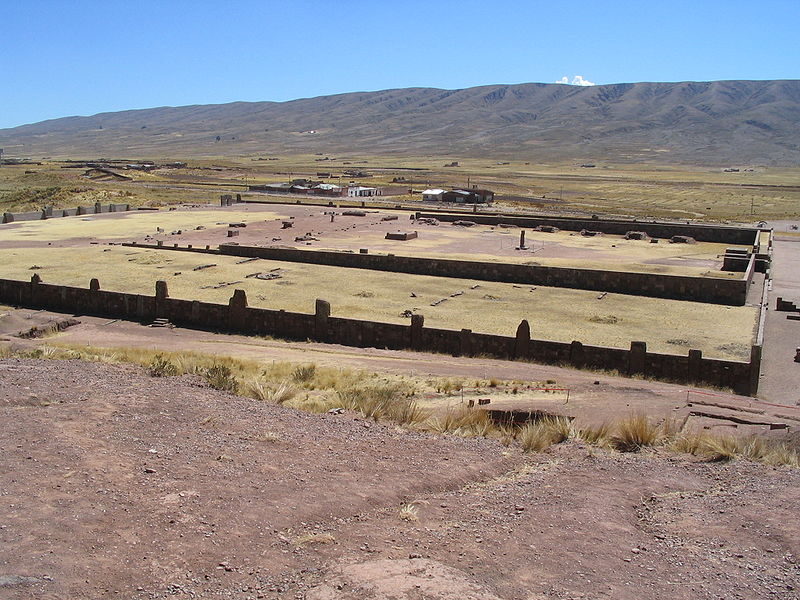
The Kalasasaya. Pick a rock, any rock. One of them must align with something. (© 2005 Anakin via Wikimedia Commons, Creative Commons 3.0 license.)
The sheer number of assumptions was something of a tip off that his method was flawed, and no other method of dating confirms the dates. (Carbon dating of artifacts at the site places construction around 200 CE. There are no 14,000-year-old artifacts ever dated from Tiwanaku. Surely aliens would have left something from all their time living there.) Worse, the temple actually aligns perfectly with the spring and autumnal equinox right now, bisected by the sun’s beams on those two days. There is therefore no reason to propose a 13,000 BCE construction date to solve a problem that does not exist.
The long and short of it is that Posnansky assumed celestial alignments and assumed flawless construction and then used his assumptions to “prove” that his assumptions were correct.
Now, funny thing: Posnansky dated the Kalasasaya, which is a different temple from the Puma Punka temple, though both are part of Tiwanaku. Ancient Aliens even gets its pseudoscience wrong.
So, if Puma Punku is not 15,000 years old, then the rest of the episode’s speculation is rather fruitless unless one thinks that the aliens were flying around the early medieval world and nobody noticed. Oh, and 600 CE wasn’t that long ago, so we ought to have traces of their landing sites, the trash they threw out, something. But, no. Not a trace.
H-Blocks: The History Channel of the Gods
Ok, so we move on to the show’s actual silly claims. After an opening segment dedicated to making us accept Posnansky’s flawed date, David Childress tries to prove that the granite blocks on the site are cut at “precision angles,” but his demonstration fails when his right angle tool [edit: a reader reminds me this is called a set square] fails to align precisely with the block, which is out of true by a few degrees.
Giorgio Tsoukalos then argues, as he did in 2009, that diamond-tipped drills made the stones, even though he concedes in a spectacularly silly field piece at Chris Dunn’s workroom that the surface looks nothing like diamond cut surfaces, arguing instead that the original diamond-cut surfaces he assumed existed must have eroded later. Sigh.
Childress then argues that a line of History channel logos at Puma Punku (the so-called H-blocks) is “beyond what we can do today,” but once again this is not true. The Aztecs, a historical people, managed to carve precise and pretty blocks with precision on their temples and no one claims aliens built the Templo Mayor. The Romans, at the same time as Tiwanaku, also managed to do without “levitation and antigravity” and “super-technology” that Childress attributes to the ancient aliens. In fact, the architectural techniques used at Puma Punku are common across Middle Horizon (600-900 CE) sites in the region. The site is not unique.
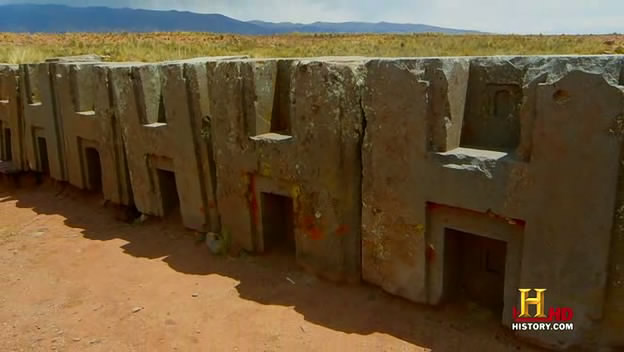
H-Blocks as they appeared in the 2009 Ancient Aliens pilot. It was nice of the aliens to give the History channel free publicity.
According to Tsoukalos and Erich von Däniken, Puma Punku is the aliens’ very own building, while Tiwanaku is a human-built visitors’ center for worshipping the aliens. Childress then states that the sculptured heads on the walls of the Kalasasaya represent all human races, including grey aliens (even though they have noses). These are in actuality very stylized human sculptures and cannot be related to any anatomical humans, as professional sculptor and alternative theorist Brien Foerster seems to think. “All cultures on earth” did not accept Tiwanaku as special, as Philip Coppens claims, since no one outside South America had any idea of its existence.
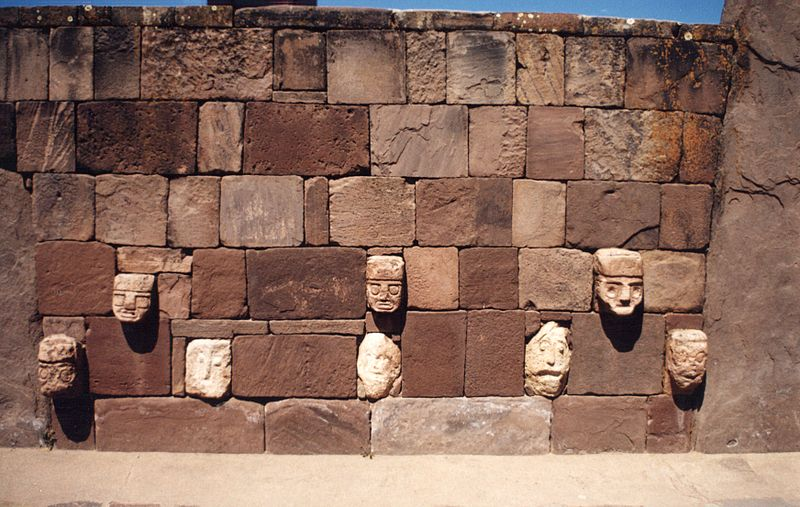
These are the heads that are so accurate you can determine their race. Top center: Cyberman from Doctor Who. Top right: old man from "Up." Bottom right: zombie. Perfect accuracy. (© 2003 Clairette via Wikimedia Commons, Creative Commons 2.0 license)
Childress is also wrong that Native Americans cannot grow facial hair so therefore Tiwanaku statues with facial hair must be visitors from Europe or space. Here’s a Native American with a mustache and beard:
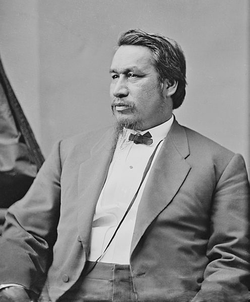
David Childress says Native Americans can't grow facial hair. General Ely S. Parker disagrees.
Aliens Speak Sumerian
Childress also gets quite excited about the “Fuente Magna” bowl, a purported artifact from near Lake Titicaca in Bolivia that supposedly shows “proto-Sumerian” and Semitic writing alongside South American designs. (Childress is wrong about it having both Sumerian and proto-Sumerian; two linguists merely disagreed on whether it was Sumerian or proto-Sumerian.) It was found at an unknown date (sometime prior to 1958) and brought to the attention of archaeologists sometime between 1958 and 1960. No one paid attention to it until 2000, when a documentary crew for Atlantis in the Andes filmed it. Given the extremely problematic provenance, it is most likely a hoax, like the Kensington Rune Stone and other supposed “evidence” of Old World peoples in the Americas. Today, some Mormons celebrate the artifact as proof of the Book of Mormon. Interestingly, Mormons began working in nearby Peru in 1956, just at the time this “proof” was supposedly uncovered.
But no matter the truth, the bowl fails to support, as Childress claims, Zecharia Sitchin’s theories of alien Anunnaki in Bolivia since the inscription, when “translated,” refers to either (a) Sumerians teaching the Bolivians goat-herding, with no aliens in sight or (b) a purification rite, again with no aliens. It depends on which translator of the likely fake inscription you prefer. (One of the two translators, Afrocentrist writer Clyde Winters, insists that the Inca are identical with Enki, the Sumerian god, because, well, they sound alike. Quality work.) At best, the bowl would be evidence for trans-Atlantic contact. But it’s probably a hoax.
"Super-Technology"
Tsoukalos argues for a “potential yes” to the use of sonic technology at Puma Punku because a legend current in 1550 (500 years after abandonment of the site) claimed giants used trumpets to move the stones. The Greeks thought the Mycenaean ruins were built by Cyclopes, and medieval people thought Merlin made Stonehenge fly from Ireland to England. Late legends are not reliable sources. This does not stop David Childress:
“It’s part of our idea, too, that some giant airship that was a factory with power tools and power saws and routers and drills just landed here and began processing these giant blocks of stone and then ultimately created Puma Punku.”
We then get into claims that the site was a factory for creating energy (?) which was built by electric drills because the stones are carved so precisely. Childress calls it “the kind of granite spaceport that extraterrestrials would want.”
“Planning means writing,” von Däniken said, arguing for why "primitive" (read: stupid) Aymara Indians could not have built the site. No, it doesn’t. Gobekli Tepe was built before writing was invented and no one has yet claimed it was built by aliens even though it was well-planned. Apparently Aymara Indians are too dumb to stack blocks while Swiss hoteliers are geniuses.
The various ancient astronaut theorists (AATs) can’t figure out whether the H-blocks at the site were parts of a track for launching spaceships or hinges for giant temple doors. Whatever. This material has been gone over many times, as have the Colombian gold bee and bird sculptures that they insist are actually model airplanes. These are suggested to be the crafts launched from Puma Punku. Even if they are, it still doesn’t mean aliens, only that Colombians figured out how to make gliders. Not exactly rocket science.
H-Block and H-Bombs
The destruction of Puma Punku is attributed to a flood caused by a meteor strike “several thousand years ago.” Since the site isn’t that old, this whole segment is fruitless speculation built upon lies. The fact that bits of the building stones are mixed with the soil is taken as evidence of an “artificial blast” in the remote past or an alien nuclear war, rather than the actual cause: bits left behind from finishing the stones in situ and later destructive efforts at the site, human and seismic. Childress brings up his proven lies about nuclear weaponry in the Mahabharata to support this view. But if I understand this correctly, the AATs are saying that an explosion at Puma Punku blew the site into tiny little bits, but this same explosion spared most of the rocks there and left many of them completely untouched, including all of Tiwanaku proper right next door. Sure it did.
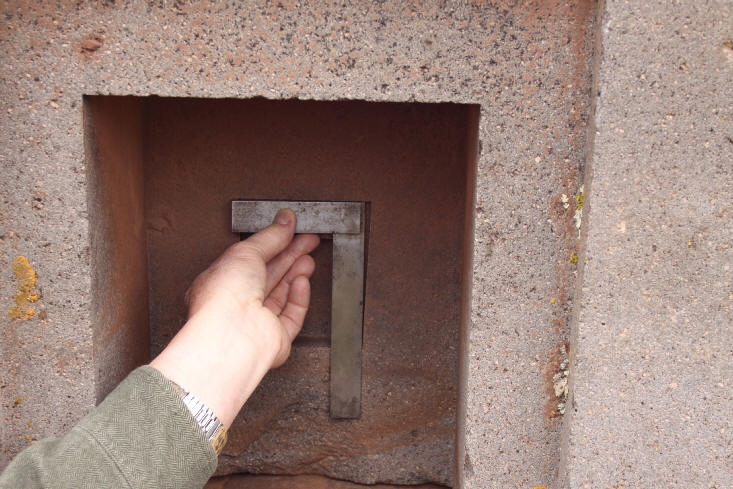
So, the AATs conclude that the aliens blew up Puma Punku to prevent anyone except AATs from discovering their secrets or utilizing their advanced technology, which, I guess, must not have used any metal or plastic since no advanced alien technology remains. Even abandoned sites destroyed by explosions preserve some trace of the activities of the people who lived there. If we can figure out what the people of Gobekli Tepe ate 10,000 years ago, surely there ought to be even the smallest trace of this alien technology—a dead battery, a broken chip of plastic, a lost screw—anything. But there isn’t, and do you know why? It’s because the aliens exist only in another dimension, the one contained entirely within AATs’ imaginations.
Read More »






